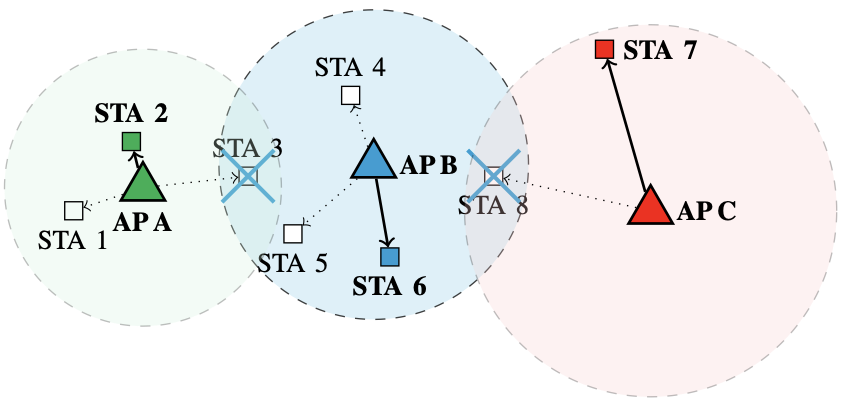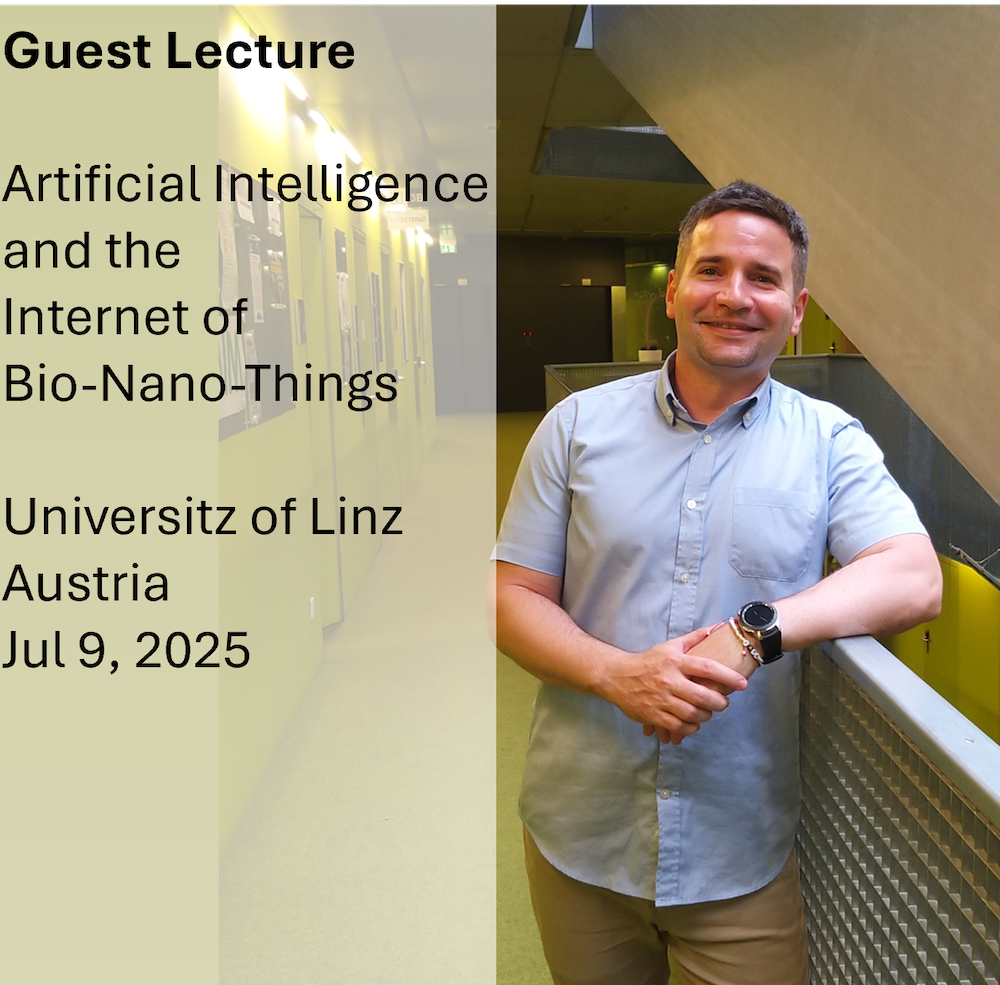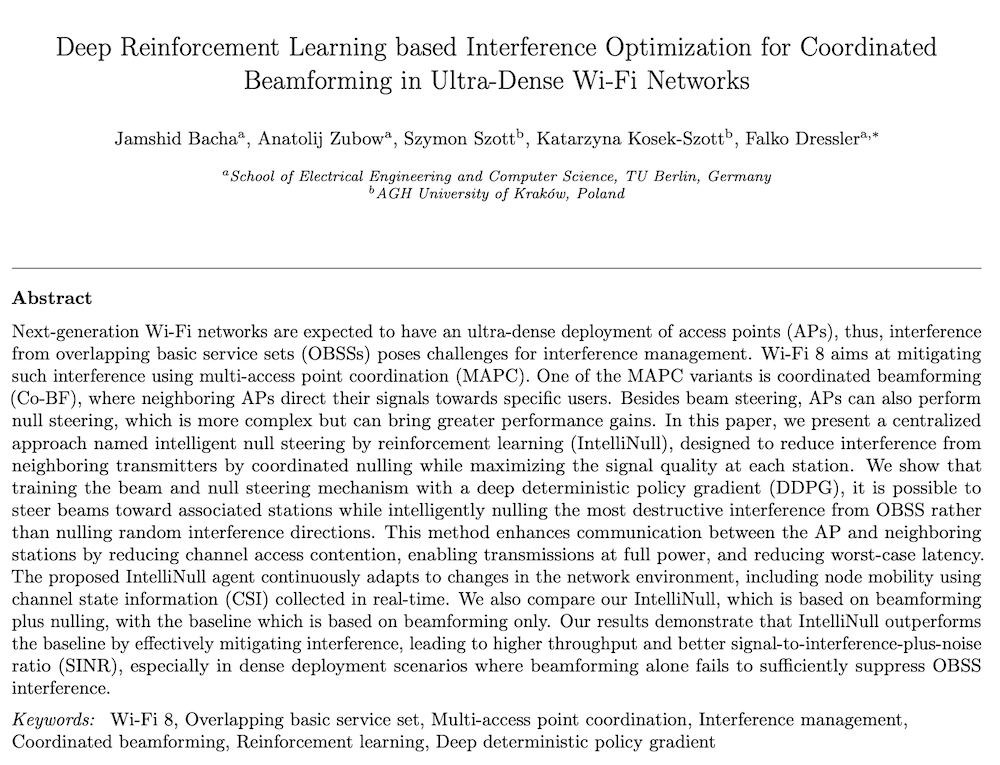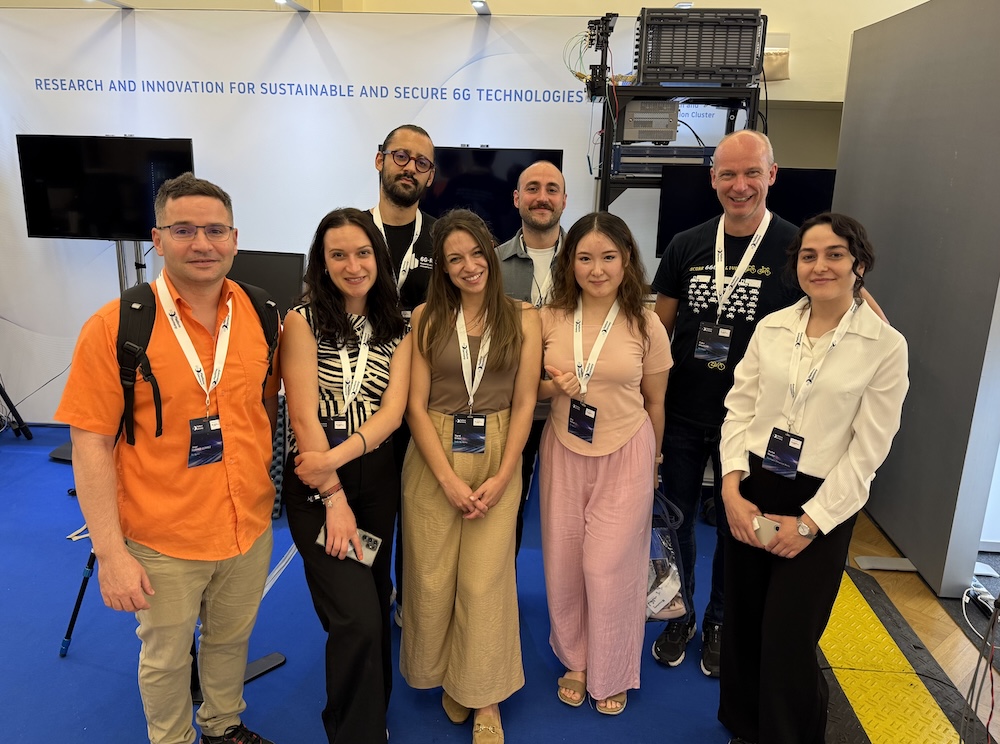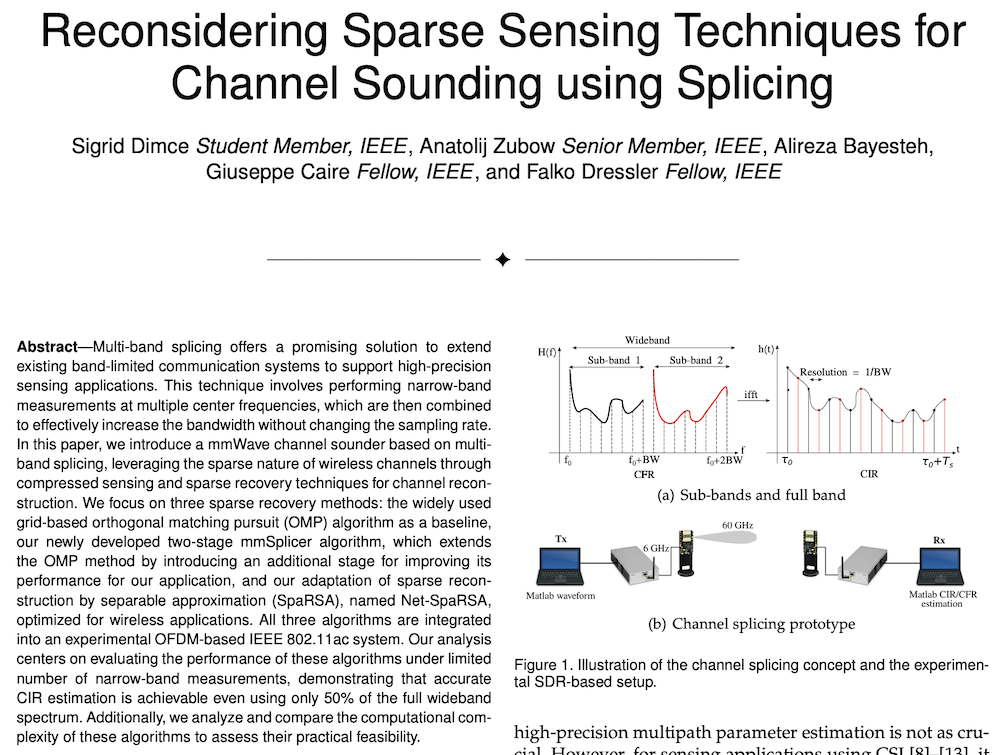Literature Database Entry
arafat2025performance
Nouran Mohamed Zaghlool Arafat, "Performance Analysis of Multi-User Millimeter Wave MIMO-NOMA Systems," PhD Thesis, Faculty of Information Engineering and Technology, The German University in Cairo (GUC), February 2025. (Advisors: Ahmed El-Mahdy and Engy A. Maher; Referees: Falko Dressler, Torsten Braun, Fatma Newagy and Alaa Eldin Rohiem)
Abstract
Non-Orthogonal Multiple Access (NOMA) has been proposed as a candidate technique for future mobile communication. NOMA outperforms orthogonal multiple access (OMA) from the aspects of spectral efficiency and massive connectivity. On the other hand, Reconfigurable Intelligent Surface (RIS) is considered as one of the potential enabling technologies for 5G and beyond because it achieves spectrum-energy and cost efficient wireless network. Millimeter Wave (mmWave) communication has high frequency range from 30 to 300 GHz and supports giga-bit per second data rates. Thus, it maximized the spectrum usage and avoid interference. In this thesis, to benefit from the above technologies, we propose a system that integrates RIS with multi-user MIMO-NOMA system in mmWave band and maximize the energy efficiency (EE), spectral efficiency (SE) as well as minimize the system power consumption. Hybrid precoding is performed by having a zero-forcing digital precoder at the base station and an analog precoding at the RIS. User clustering and antenna reduction of the MIMO system algorithms are also proposed. In these algorithms, antennas that have small contribution to the system performance are discarded to decrease the system power consumption, enhance the EE, and consequently reduce the number of RF chains. Moreover, a clustering algorithm is proposed to reduce interference among users by grouping high-correlating users in the same cluster. Joint optimization of power allocation of NOMA users, RIS phases, and RIS gains is proposed to maximize the energy efficiency of the system. Closed-form expressions for the optimum phases and gains of RIS are obtained using the Quadratic Constraint Quadratic Problem (QCQP). Due to the non-convexity of the formulated problem, alternating optimization is used to solve the problem. Subsequently, the optimization parameters are decoupled by applying fractional programming. The problem is divided into several sub-problems and solved alternatively. User fairness is considered in the optimization problem to ensure that all the users rate exceed certain threshold. Jain's fairness index is used to measure the fairness. Numerical results show the EE is enhanced as the antenna reduction factor is increased at the expense of the SE. Optimization of RIS elements enhances EE more than optimization of users' power in passive and active RIS. Also, the optimum location for RIS is in the middle between BS and the center of user distribution circle.
Quick access
Contact
Nouran Mohamed Zaghlool Arafat
BibTeX reference
@phdthesis{arafat2025performance,
author = {Arafat, Nouran Mohamed Zaghlool},
title = {{Performance Analysis of Multi-User Millimeter Wave MIMO-NOMA Systems}},
advisor = {El-Mahdy, Ahmed and Maher, Engy A.},
institution = {Faculty of Information Engineering and Technology},
location = {Cairo, Egypt},
month = {2},
referee = {Dressler, Falko and Braun, Torsten and Newagy, Fatma and Rohiem, Alaa Eldin},
school = {The German University in Cairo (GUC)},
type = {PhD Thesis},
year = {2025},
}
Copyright notice
Links to final or draft versions of papers are presented here to ensure timely dissemination of scholarly and technical work. Copyright and all rights therein are retained by authors or by other copyright holders. All persons copying this information are expected to adhere to the terms and constraints invoked by each author's copyright. In most cases, these works may not be reposted or distributed for commercial purposes without the explicit permission of the copyright holder.
The following applies to all papers listed above that have IEEE copyrights: Personal use of this material is permitted. However, permission to reprint/republish this material for advertising or promotional purposes or for creating new collective works for resale or redistribution to servers or lists, or to reuse any copyrighted component of this work in other works must be obtained from the IEEE.
The following applies to all papers listed above that are in submission to IEEE conference/workshop proceedings or journals: This work has been submitted to the IEEE for possible publication. Copyright may be transferred without notice, after which this version may no longer be accessible.
The following applies to all papers listed above that have ACM copyrights: ACM COPYRIGHT NOTICE. Permission to make digital or hard copies of part or all of this work for personal or classroom use is granted without fee provided that copies are not made or distributed for profit or commercial advantage and that copies bear this notice and the full citation on the first page. Copyrights for components of this work owned by others than ACM must be honored. Abstracting with credit is permitted. To copy otherwise, to republish, to post on servers, or to redistribute to lists, requires prior specific permission and/or a fee. Request permissions from Publications Dept., ACM, Inc., fax +1 (212) 869-0481, or permissions@acm.org.
The following applies to all SpringerLink papers listed above that have Springer Science+Business Media copyrights: The original publication is available at www.springerlink.com.
This page was automatically generated using BibDB and bib2web.

